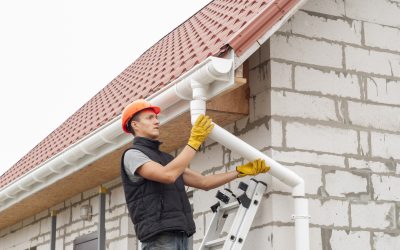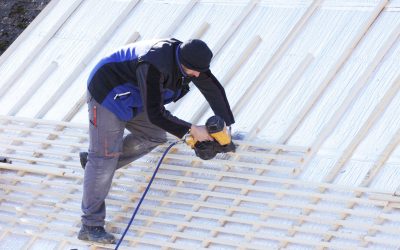One of the most significant problems with controlling energy usage is a leaking home. This is normally defined as air loss around windows or doors, but a more significant issue is the insulation the home uses to restrict airflow through the walls and attic areas. The most common type of insulation is the fiberglass batting stuffed in walls or ceilings. The downside of this particular product is the gaps that can develop between the batting and the timbers used to frame the home. There is also some concern about the battings falling or otherwise failing in their function. The best place to start dealing with this issue is in the attic with fresh Roofing Insulation.
This particular task can be handled in various ways, but the most useful may be blown in insulation. This is actually more than one type of material because blown in insulation can cover products like cellulose or mineral wool. Cellulose is usually made from wood pulp or shredded paper which has been treated to provide flame retardant properties. Mineral wool is made from a variety of materials, many of which are recycled. This makes it a great choice for walls or other tight areas. However, mineral wool has an average R-value of 2.5 while cellulose gives an R-value of 3.0.
When it comes to the insulation in an attic, the best choice may be the other type of blown-in insulation made from polyurethane foam. This type of Roofing Insulation provides very tight seals and fills in the tiny cracks and gaps. The R-value or thermal resistance of foam varies by the type. Open-cell foam has the lower value of roughly 3.7 while closed-cell products can average 6.2 or better.
There are many benefits to foam such as its capability to conform to different sized or shaped cavities. Consider the case where the roof has dormers. This often creates hard to fill areas which make insulating the attic area difficult, at best. By applying spray foam, the home has less exposed areas and thicker walls and roofing support. Another useful capability is the way the cells allow moisture to pass. Water itself is blocked because the typical water droplet is too large to pass through the cell, but water vapor is still allowed through to help the building breathe.



